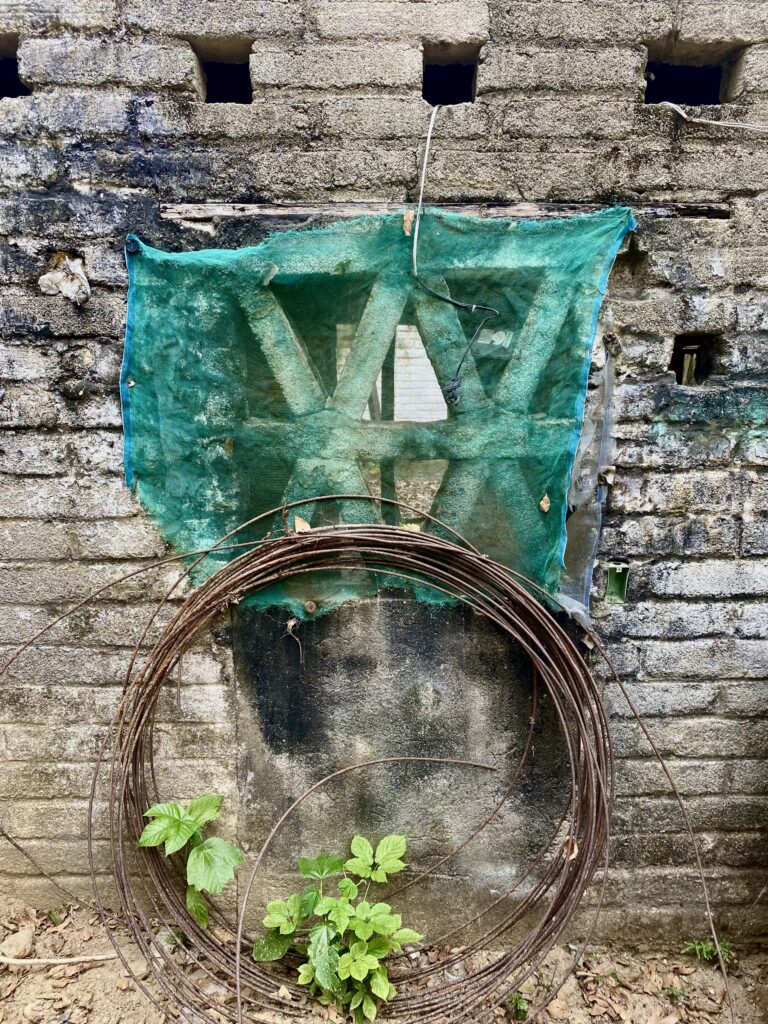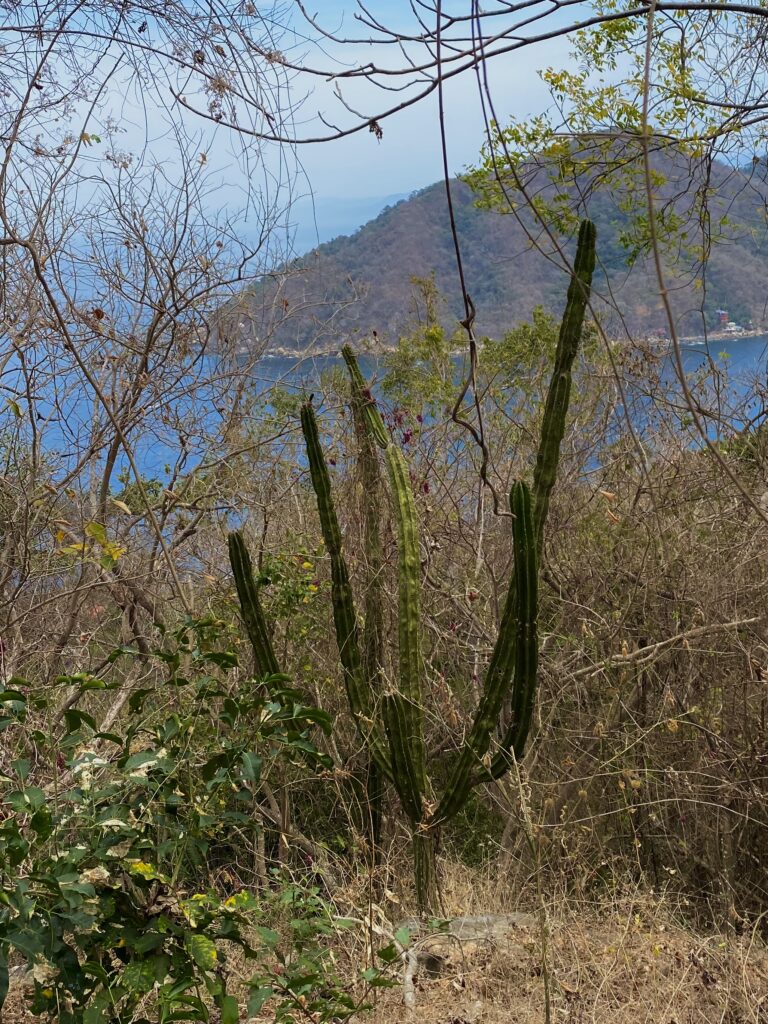Where Waters Meet: Land Sovereignty in Yelapa, Jalisco
An enchanting bay along Mexico’s Pacific coast, Yelapa is one of the few remaining places in the world where the land is held and controlled by the Indigenous people of the region. Although the Indigenous community is recognized as such by Article 27 of the Mexican constitution, it finds its sovereignty in a fragile position due to tourism dependence, infrastructure limitations, and corrupt development practices. Preserving Indigenous communities like Yelapa holds significant implications for community members, settlers, and visitors to the region alike.
History
Yelapa is part of a group of villages along the west coast of Jalisco that make up the Indigenous land reserve of Cabo Corrientes. Under Article 27 of the Mexican constitution, Indigenous communities with designated status are granted full control of their land, upon which they are considered to have always resided. (Mx. Const. art. XXVII)
The story goes as such: Francisco Cortés, cousin to Hernán Cortés, first contacted the people of the region on an expedition. According to clerical diary accounts, Cortés was taken aback by the hospitality of the locals. When they pleaded with him to remove his army from their lands, he laid his arms down and reported to the crown about the friendly natives. The community was granted property rights in a 1581 document from King Philip II of Spain. This document recognized 25,000 hectares of land from one mountain to the other, with a river splitting the two. (McCall, 2005)
A Rapidly Growing Community
In the 20th century, Yelapa was settled by the four founding families, building a community from what had previously been a major trading port for the region. My paternal ancestors claimed a large plot of land that sat atop the mountain framing the bay, aptly titling it “Yelapa Tapa,” ‘the top of Yelapa’.

Mattea Lorenzo
14/03/25
As the village grew, so did external interest and influence. Over the next century, the community transformed from a fishing village focused on land cultivation to a secluded beach town vacation destination. This marked an industrial shift from livestock and agriculture to tourism. Gradually, the livelihood of the community began to depend on this annual influx of people.
The community wouldn’t gain electricity until the year 2000, but the grid was not designed to sustain the amount of power needed to support the rapid growth it would undergo. All drainage is still directed into the bay, which poses serious environmental consequences at the scale it is used today.

Mattea Lorenzo
14/03/25
“The land is part of who we are,” says Ruben Lorenzo, my father, a community member and land title holder, “It connects us to our ancestors and each other. But if we don’t protect it, no one else will.”
Maintaining Land Control in a Changing World
Without sufficient infrastructure and with corruption influencing local politics, Yelapa is in a delicate position as each generation seemingly grows farther from the land. Land disputes have been aggravated by officials working with developers who seek to capitalize on the hidden brilliance of Yelapa’s golden shores. Without clear land titles and proper enforcement of legal protections, the land is constantly threatened by outsiders looking for a way to own some part of it. Many Yelapa residents rely on income from tourists. However, this dependence often comes at the cost of local cultural preservation and environmental sustainability. (Chavarrín, 2011)
“We need to find a balance,” says Kendra Lorenzo, my aunt. “We want to share our culture and keep our land, but it’s difficult when tourists come in and expect a way of life that isn’t aligned with ours.”
In conclusion, as more foreigners come to Yelapa, seeking to establish lives and businesses, the pressure to commercialize the region grows. This has resulted in a rapid growth in development of wellness retreats, rental homes, and foreign businesses which threatens the cultural and environmental conservation of the community. This, in turn, increases vulnerability and the potential for exploitation of the land. The community risks losing control over the land they have lived symbiotically with for generations.

Mattea Lorenzo
14/03/25
References
Chavarrín, R. Implicaciones económicas y sociales en la Comunidad Indígena de Chacala a partir de la reforma agraria al artículo 27 de la Constitución. (2011) Retrieved April 2, 2025, from https://www.ceuarkos.edu.mx/vision_docente/chacala57.pdf
McCall, C., Ph. D. (2005) Yelapa History: An account based on research at the Bancroft Library, University of California at Berkeley, in 1991 and 2005. Retrieved April 2, 2025, from https://www.yelapa.info/history.html
Mexico 1917 (Rev. 2015) Constitution – Constitute (M. Fernanda Gomez Aban, Trans.). (n.d.). Retrieved April 25, 2025, from https://www.constituteproject.org/constitution/Mexico_2015